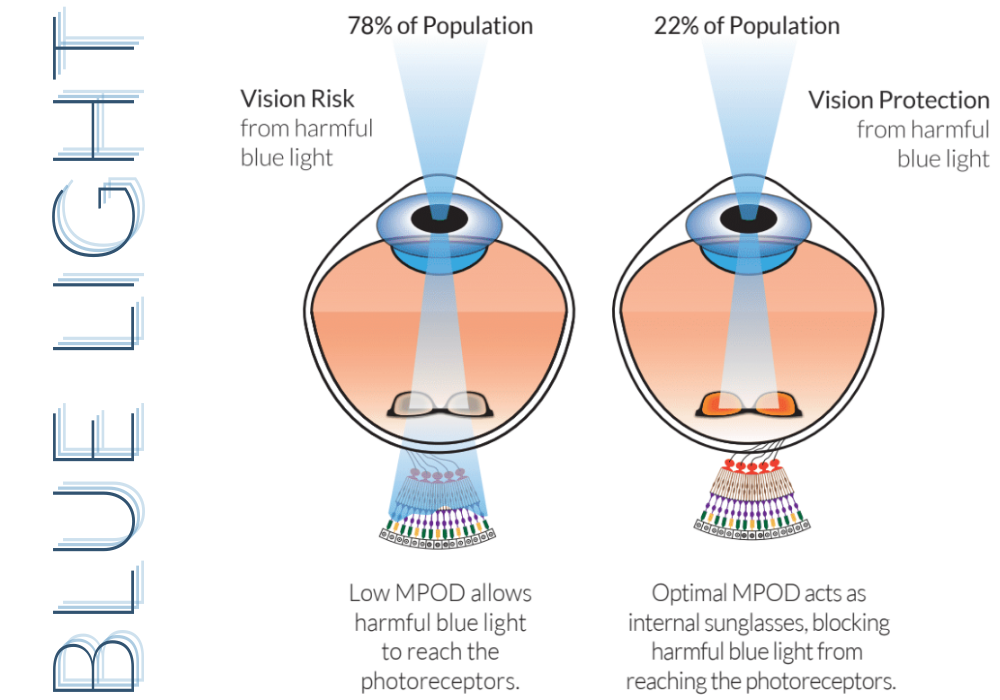7 Ways to Positively Changing Patient Behavior
Posted by EyePromise on Mar 24th 2022
When it comes to being a practitioner, you hope patients follow your recommendations, but you can’t be sure they will. However, there are ways you can help ensure they take your advice to heart. Steve Vargo, OD, shared his 7 tips for inciting positive change in your patients, and to do so, you need to CONNECT.
C: Curiosity
Start by asking the patient about themselves. What do they do for a living? Do they have any hobbies? What’s their daily screen use look like? These simple, upfront questions not only give you a better idea of what affronts their eyes may encounter, but it helps build rapport and make patients feel more comfortable. Ultimately, it helps guide your recommendations and make them feel more “personal” per patient. If your patient likes sailing, you may want to recommend a pair of prescription sunglasses that floats.
O: Okay, What Does This Mean for You?
Too often, healthcare providers make recommendations without fully understanding the motivations of their patients. Knowing the “why” is just as important as knowing the “what,” and it can help shape the “how.” Dr. Vargo suggests a multilayer approach to helping patients determine their motivation for change.
Layer 1: Uncover Thoughts, Facts, and Details

Similar to the above suggestion, this starts by asking basic questions to gain a basic understanding about the patient. These can include the age of their glasses, if they wear contact lenses or sunglasses, or if they have a family history of any eye health issues.
Layer 2: Dig a Little Deeper
This layer requires the patient to think a little harder about the answers to the questions above. Why haven’t they gotten new glasses? Would they consider contacts? How does this affect their daily life? How did their family member’s life change due to their eye health issue? This exercise helps both you the practitioner and the patient better understand their potential motivational factors.
Layer 3: Their Core Motivation
“Desire for gain” and “fear of loss” are often considered the two most dominant factors for motivating change in human behavior. Identifying which is the driving force for your patients can help you build on that motivational driver, as they also uncover the patient’s emotional reasons for change. Science shows that the majority of our decisions are made with the emotional part of our brains. To help patients get to the root of their motivation, Dr. Vargo asks questions like:
- If we could relieve your occasional dry eye, how would that impact your work?
- What impact would this eye health issue have on your quality of life if it got worse?
- How would your life better if we could improve your vision in dim lighting?
N: Need to Be Involved to Improve
While you are the expert, research shows that patients are more likely to abide by recommendations when they feel like they were part of the decision-making process. Including them in the process requires them to commit to the recommendation and share in the responsibility of the desired outcome. Think about asking patients if they agree with what you’re saying, okay with what you’re suggesting, or open to at least trying it.
N: Now, It’s Time to Get Emotional
Remember, humans tend to make decisions with the emotional side of the brain vs. the logical side. To help your patients enact and maintain positive changes, you need to relate on an emotional level. Dr. Vargo has a few ways of doing this in practice.

- Keep it simple. Don’t overwhelm, but don’t generalize. Then you lose your personalization factor.
- Use visuals when possible. Humans are visual creatures, and the decision-making part of the brain is our image processor. Showing vs. telling patients can help them better understand what you’re explaining and make a decision.
- Use contrast in your verbiage. Because the emotional part of the brain is more of an image processor, it can struggle with words. Distinct contrast like using “with/without” can help patients make quicker decisions.
- Tell stories. Stories create relevance through emotions which motivate action. Share personal stories; share patient success stories.
E: Earn Trust
A recent study shows that 66% of the population inherently distrusts the medical industry. While this is indeed disheartening, it just means that you as an eye care professional need to work harder to earn your patients’ trust. Dr. Vargo links 3 key areas to building trust.
Authority
Yes, you’re an eye care expert, but that credential alone may not be enough to build trust. You’ll need to develop yourself as an authority by becoming an outspoken voice in the field. To help you build your authority, you can connect with local, credible media outlets or publications for interviews. Then, you can share that content with your patients.
Capabilities
Don’t just talk the talk; walk the walk! Continue your education, identify a specialty you’re passionate about, anything that can set you apart as a “guru” of sorts, but you have to back up that ideation with practical skills.
Results
“How do I know it works?” is a common question echoed by patients and practitioners alike. This can come in the stories you’re telling or in clinical trials. Either way, share that on your website and socials; no need to keep it a secret!
C: Consider Objections

Patient objections are a common hurdle experienced by healthcare professionals of all industries. Dr. Vargo recommends pausing periodically during the exam to give patients a chance to ask questions or voice concern throughout the process. However, some objections are not as overt as “No, I don’t want to do that.” Some of these more subtle objections can sound like, “I’ll think about it,” “I need to talk to my spouse,” or “Is it covered by my insurance?” These objections can be handled in 3 steps.
Step 1: Listen
Allow the patient to fully communicate their concerns without interruption.
Step 2: Repeat
Reiterate the patient’s concern to confirm you’ve heard and fully understand it. This serves as an opportunity to clarify any miscommunications (on either side).
Step 3: Reposition
Restate your recommendations based on the objection. You may need to reassess if the patient’s concern is valid, but this is your opportunity to emphasize what the patient may lose by opting out.
T: Talk About Next Steps
In general, people don’t appreciate being told what to do. “But I’m the expert. They should listen to me!” We agree, but this is why understanding the emotional motivators of patients is so important. When you know why they want to change, you can tell them how to do so without sounding like you’re barking out orders.
After reviewing your recommendations, you can ask the patient to rate their motivation to make these changes on a scale of 1 to 10. If the number is on the lower end, like a 3, ask that patient why they chose that number and not a 4. In doing this, you’re asking the patient to verbalize their hesitations.
You can also have patients discuss the pros and cons of acting on your recommendations. If a patient feels like the recommended change is too drastic, you can help devise a smaller one and find a happy medium.
Ultimately, patients need to understand their own motivations for change and trust that you do, too. With these steps, you can begin building a more compliant patient base, which leads to better patient outcomes. EyePromise offers a program that can also help improve patient compliance. Learn more about this revolutionary in-office program.


